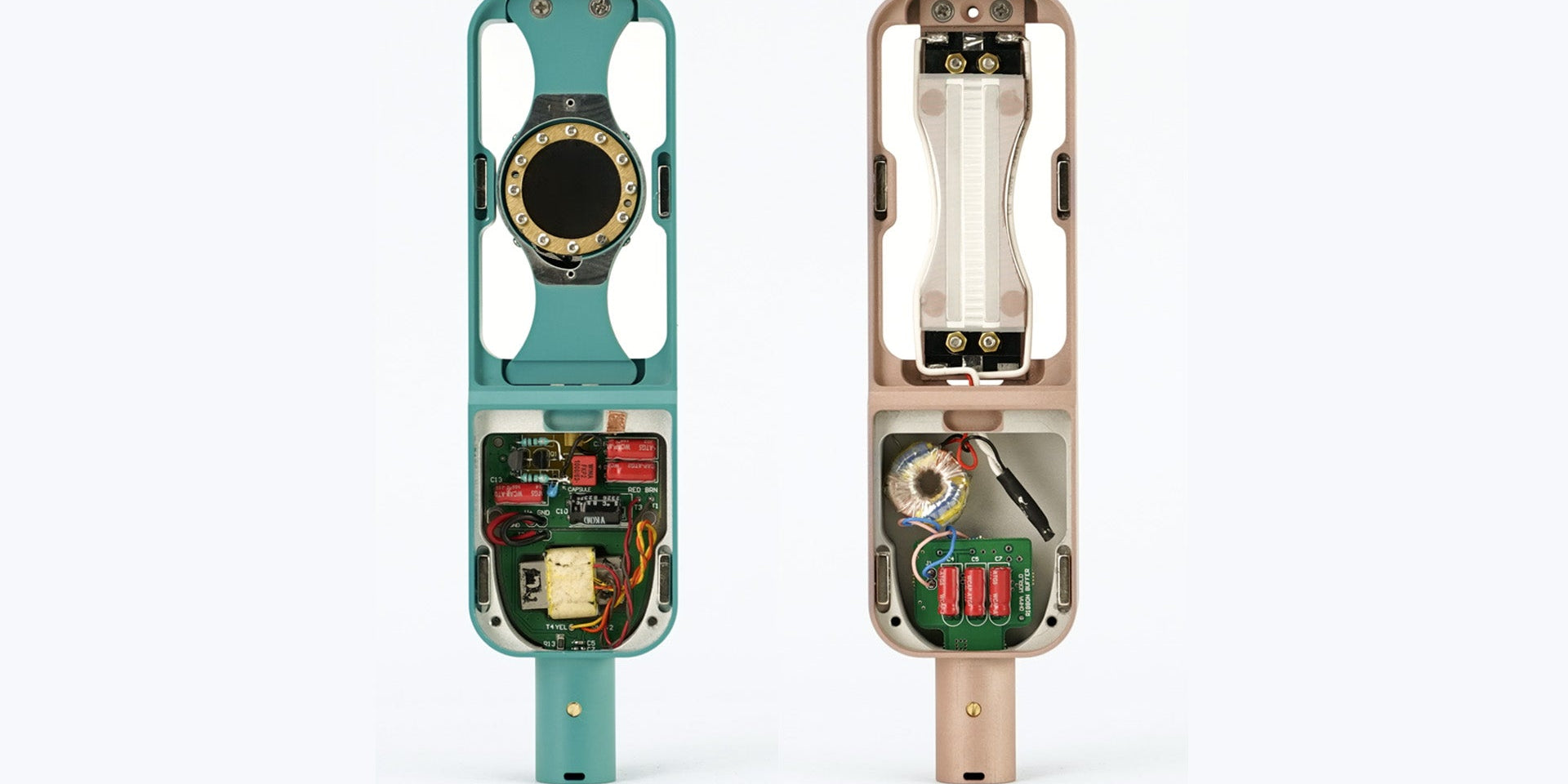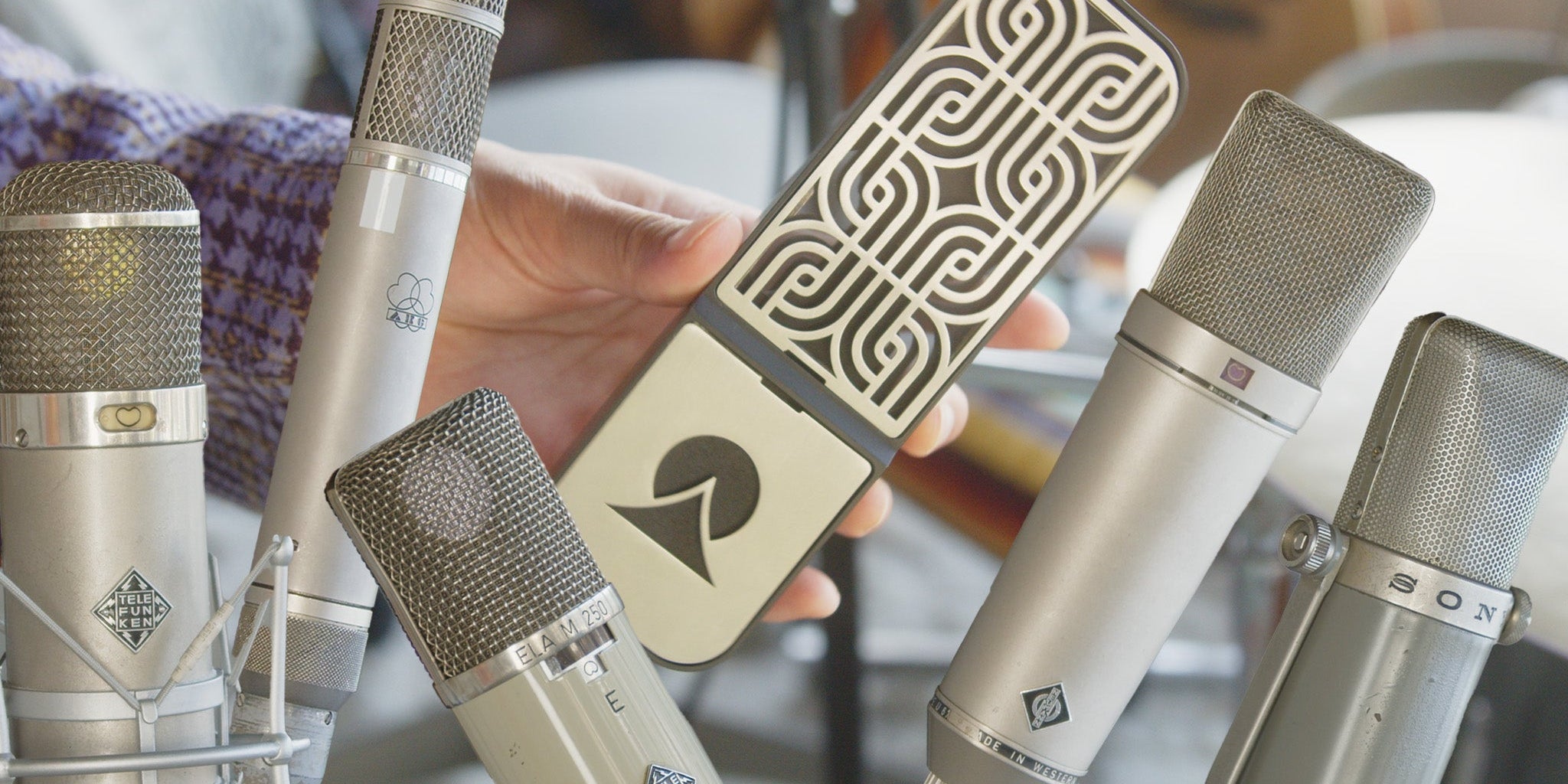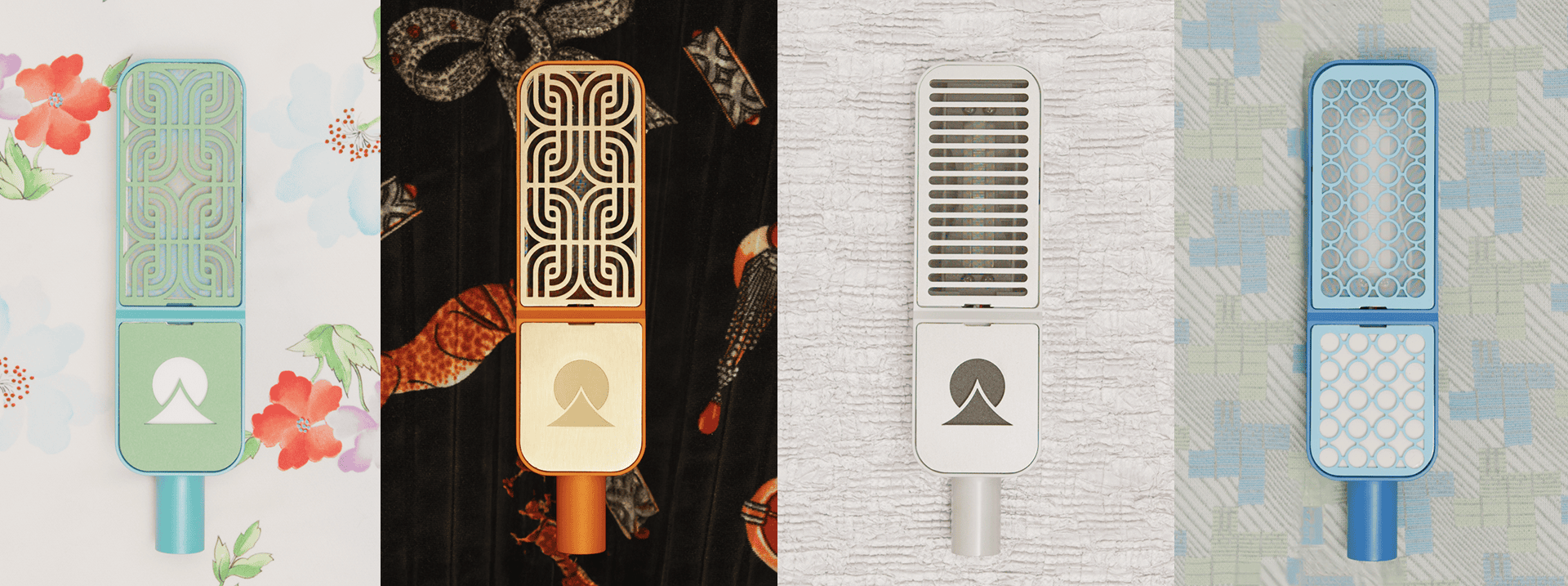Scales Ribbon - Black / Black
In stock. Ships immediately.
The Scales Ribbon Microphone in Black / Black is part of our core ribbon collection — handcrafted in East LA and always in stock. Sleek and sharp in all black, it delivers clear, focused ribbon tone without sacrificing warmth.
Inside is our 2.35" RCA-style ribbon and custom Lehle transformer, paired with Scales screens for a brighter, more forward sound than traditional ribbons. Great for vocals, guitars, and any source that needs to shine in a dense mix.
Crisp, modern, and ready to work. It’s a ribbon mic that cuts — in a good way.
Screen Tone Profile
Each mic comes in a sturdy drawer box with two Ohma 1.21 mm guitar picks for screen swapping and a shock mount clip.
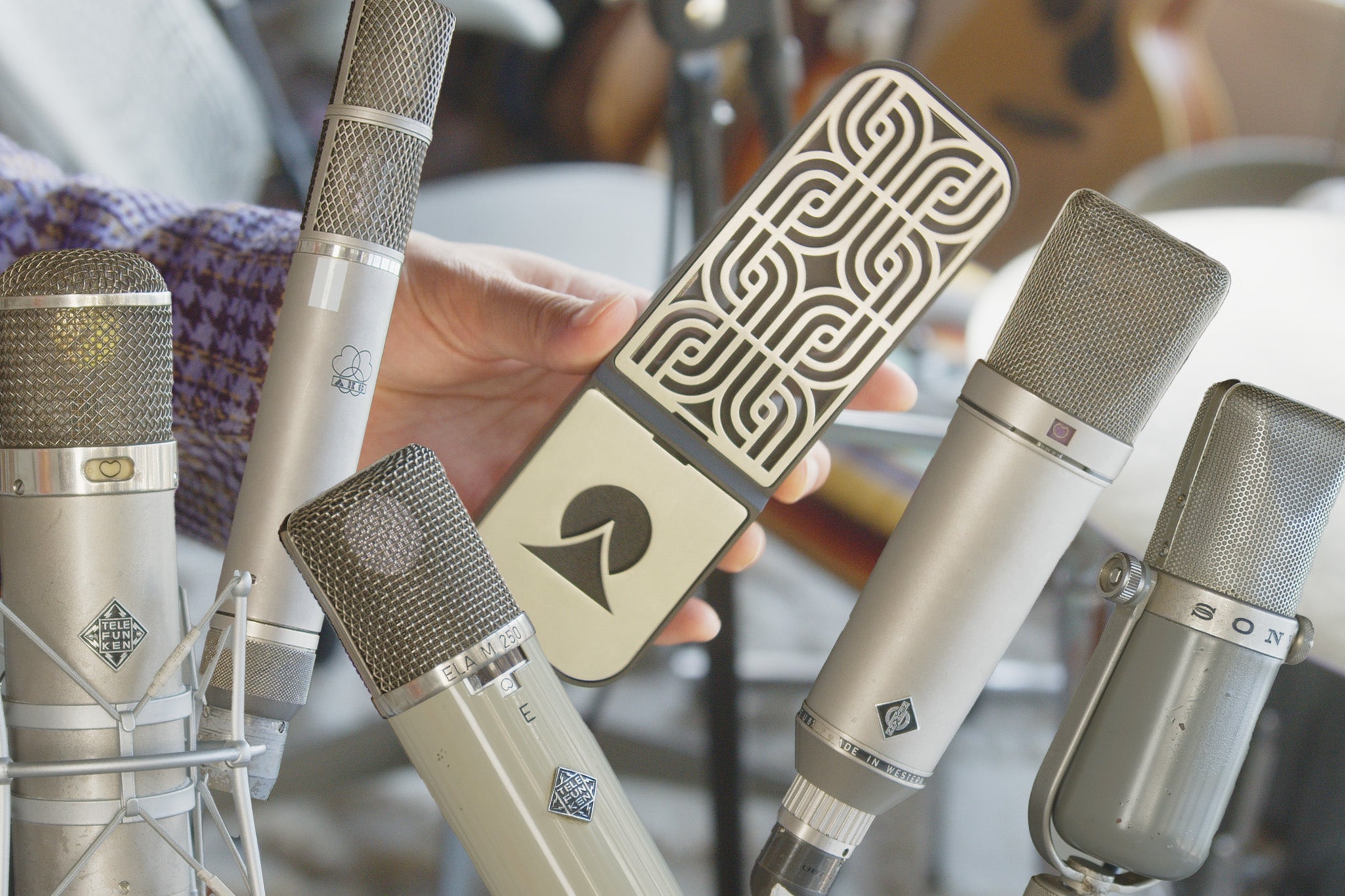
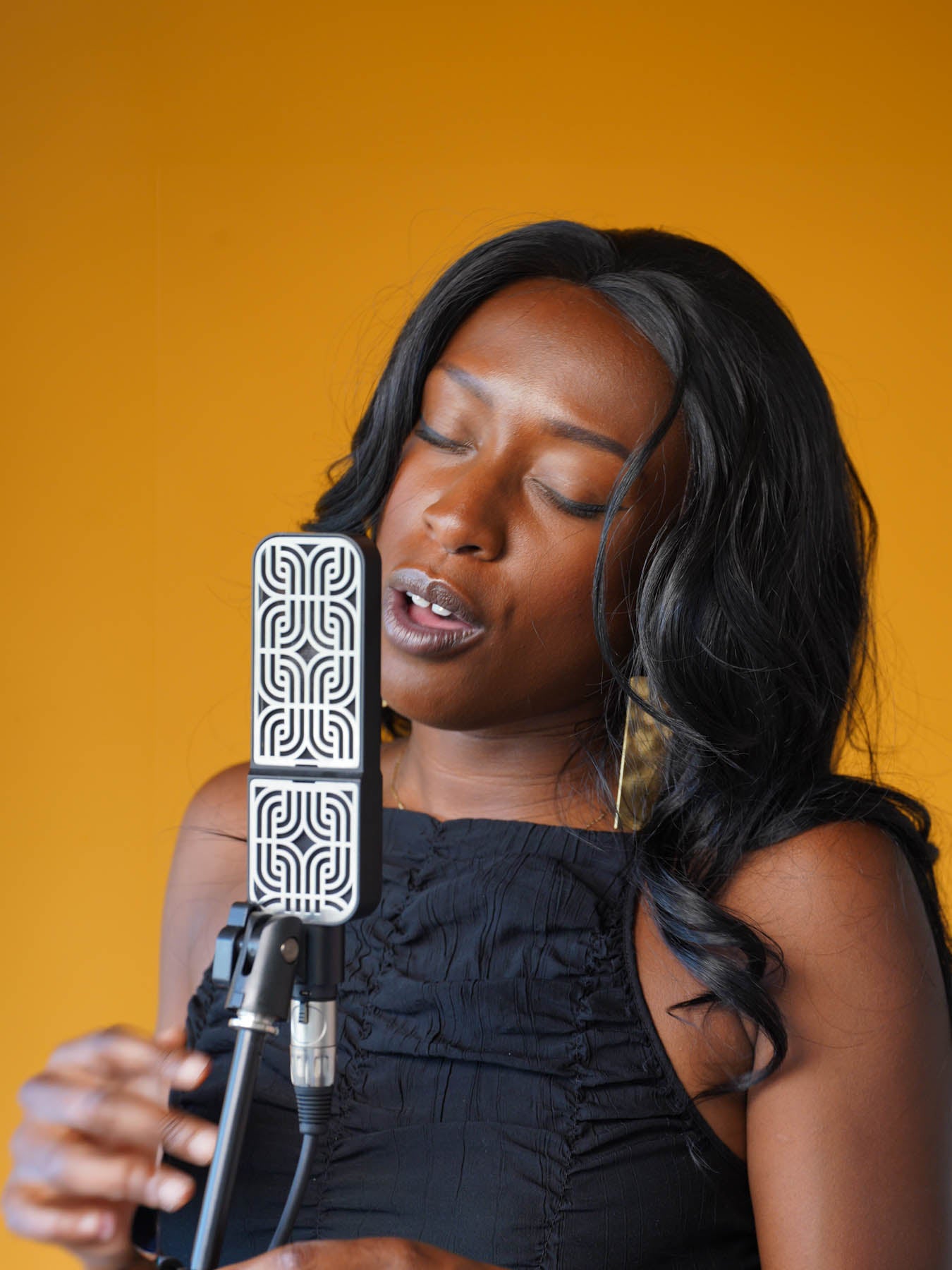
Frequently Asked Questions
Need Help Choosing?
-
It really depends on your sound and your style — and honestly, there’s no wrong answer.
Think of your screen like a lens for your mic. Each one shapes your tone just a bit differently.
Some folks stick to one, others swap them like guitar pedals. Most people end up collecting a few — because let’s be real, we don’t all fit in one box.
Here’s a feel-based breakdown to help you decide:
- Motif – Our flagship. Balanced and smooth. Great for vocals, VO, and all-around use.
- Scales – Bright and pop-forward. Great for stacking vocals and modern production.
- Stripes – Mid-forward and punchy. Built for amps, drums, and gritty vocals.
- Holes – Transparent and flexible. The studio all-rounder.
- Windows – Open and natural. Ideal for rooms, overheads, and acoustic instruments.
Still not sure? Trust your ears. You can always start with one and explore more later. -
Short version:
- Condenser = Clean, bright, detailed
- Ribbon = Warm, smooth, classic
Longer version:- If you want clarity, sparkle, and presence — go condenser.
- If you want depth, texture, low end, or record a lot of instruments — go ribbon.
-
Right here.
We made a library full of raw, unprocessed recordings so you can hear exactly how each mic and screen sounds on real voices, amps, drums, strings, and more.No tricks. No EQ.
-
Each Ohma mic ships with:
- 1x Ribbon or Condenser mic (your chosen body color)
- 1x Pre-installed screen set (front and back)
- 1x Magnetic screen swap tool (thick guitar pick!)
- 1x Shock Mount Clip
-
Yep — this mic is a Ready-to-Ship combo, built in our LA workshop and packed with care.
Ships out in 2–3 business days. You’ll get a tracking number the moment it leaves our bench.
-
The short answer? You’re not buying a black box. You’re building a creative tool.
Here’s what sets Ohma apart:
- Fully modular – Swap screens to change your tone and aesthetic instantly.
- Designed for you – Choose your body color, screen style, even add your own logo.
- Hand-built in LA – Every capsule, ribbon, and screen is made by our team.
-
Yes — and you’ll hear it.
Each screen shifts how air hits the capsule or ribbon. Some boost the highs. Some tighten the mids. Some open everything up and let it breathe.
Think of it like swapping a pickup on a guitar, or switching a lens on a camera. It’s still you — but it brings out something new.
-
Absolutely.
You can buy any screen we make, anytime — and they’ll work on any Ohma mic (condenser or ribbon).
We also make custom logo screens if you want something truly personal. Contact sammy@ohmaworld.com to get your free mock up. -
Any modern audio interface or mixer will work just fine.
- Condensers need phantom power (48v).
- Our ribbons are active, so they also use phantom — no special preamps needed.
-
We offer free returns within 30 days, no questions asked.
Try it in your space, on your voice, in your mix. If it’s not the right fit, we’ll help you find one that is — or give you your money back.
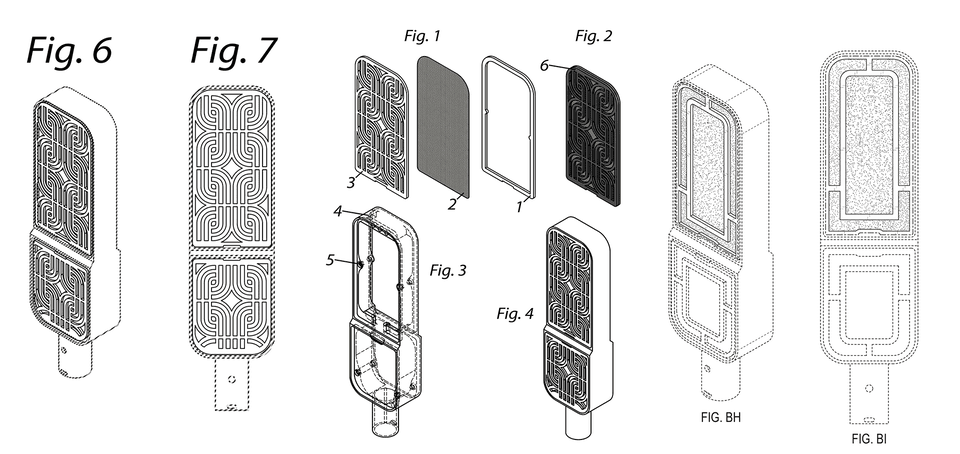
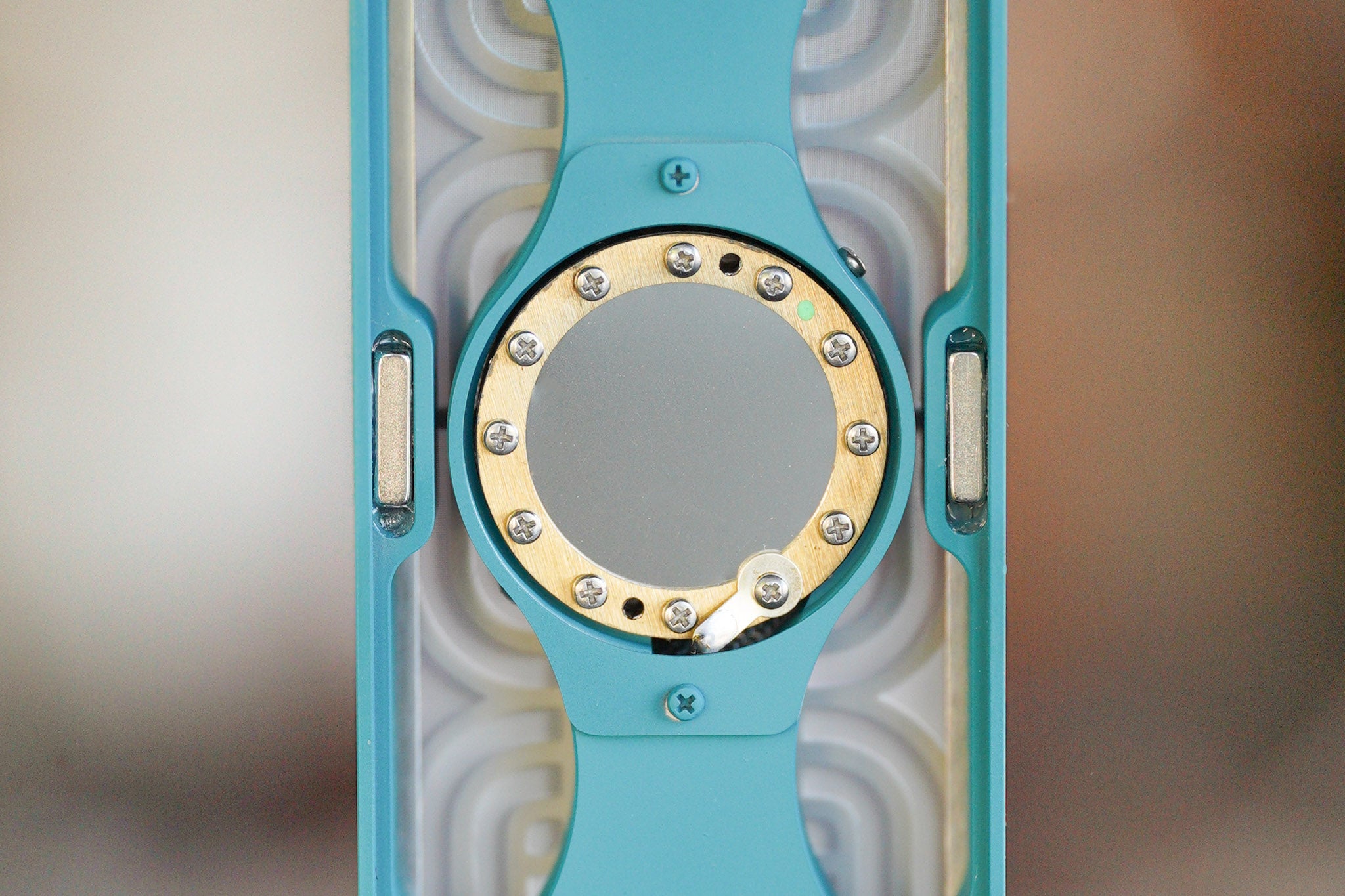
What sets Ohma apart?
Our microphones are more than what meets the eye.







